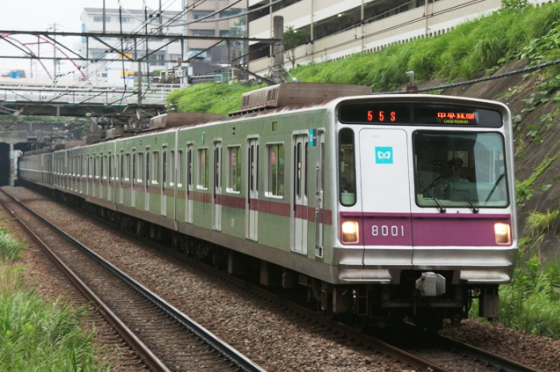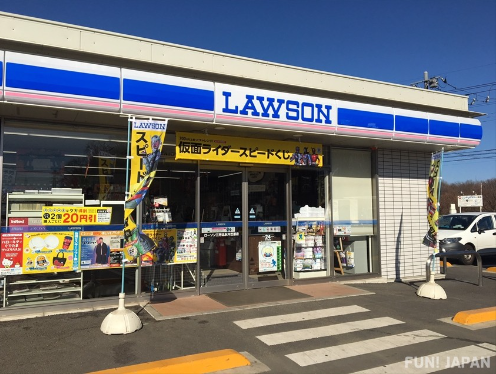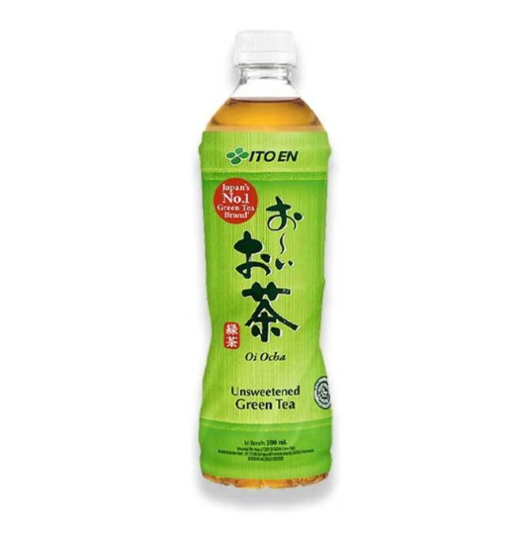When you hear “traveling in Japan,” one word probably comes to mind: “expensive.” But is Japan really that costly? After experiencing it myself, I concluded that Japan isn’t as expensive as I had imagined. In fact, it’s still cheaper than Europe. As for the language barrier, it wasn’t as difficult as I thought it would be—far easier than when I traveled in mainland China. The Japanese people are friendly and polite; even if they don’t speak English, they’ll go out of their way to help you and sometimes even escort you to your destination.
Of course, what’s considered expensive is relative, but if you know how, you can definitely keep your budget in check. Here are some general tips for traveling on a budget in Japan (Note: 1 Yen = Rp 108, prices as of November 2010):
Flights

Japan is vast, so it’s best to decide which region you want to explore first. The most strategic option is to fly into Nagoya since it’s located in central Japan, between Tokyo and Osaka. Centrair Airport in Nagoya is directly connected to domestic flights and trains. For flights from Indonesia, you can browse online or ask a travel agent. I flew with Garuda Indonesia because I wanted a comfortable 7-hour journey. It turned out that their tickets were the cheapest at the time, and they even included meals. Garuda now has new planes, the A330-200. Even in economy class, there’s ample legroom and each seat has a personal TV where you can watch the latest movies or play games.
Transportation

In big cities, the easiest way to get around is by subway. If you plan to use the subway a lot in one day, it’s better to buy a day pass—it’s more cost-effective and saves you the hassle of buying tickets from vending machines. Except in Tokyo, most cities have day passes. For example, in Nagoya, a single subway ride costs 200 Yen, but a day pass is 600 Yen and offers unlimited rides. There are also buses connected to subway stations, but most popular destinations are already accessible by subway. It’s best to carry a backpack (rather than a suitcase) because it makes navigating subway stairs, especially to and from the airport, much easier.
For intercity travel, the principle is “the slower, the cheaper,” meaning the longer the travel time, the lower the cost. For instance, a Shinkansen (bullet train) ride from Nagoya to Tokyo takes 1.5 hours and costs 10,150 Yen, but taking a night bus for 6 hours costs half as much. If you’re planning a longer trip in Japan, consider buying a Japan Rail Pass. It works like the Eurail Pass in Europe, where you buy a ticket based on the number of travel days, but you can take unlimited train rides anywhere. This pass is available for non-Japanese citizens and must be purchased outside Japan.
Accommodation
Accommodation in Japan is indeed expensive, especially compared to our country. The cheapest option is still hostels with dorm-style rooms, which cost around 2,500–3,500 Yen per person. Keep in mind that some Youth Hostels have curfews, so if you’re late, you might find the doors locked. Capsule hotels aren’t necessarily cheaper than hostels, which is why I avoid staying in capsules that can trigger claustrophobia. Plus, many capsule hotels only accept male guests.
Food

The cheapest way to eat is by buying food at convenience stores like 7-Eleven, Lawson, Circle K, and Family Mart. They offer a variety of bread, noodles, sausages, sushi, and bento (boxed meals with rice and side dishes). Just ask the cashier to heat it up in the microwave. Prices range from around 100 to 300 Yen, with generous portions and tasty flavors. Another affordable option is rice bowls at places like Yoshinoya, starting at 290 Yen. While in Jakarta, Yoshinoya is a fancy restaurant in Grand Indonesia Mall; in Japan, it’s a small eatery. Eating at McDonald’s (Makudonarudo) is actually more expensive, similar to eating ramen in a shop, with prices around 450 Yen. Another great thing about Japan—there’s no tipping culture.
Drinks

If you eat at a small restaurant or food stall, water or ocha (Japanese green tea) is free and refillable. Tap water in Japan is also safe to drink, so to save money, just buy a bottled water and keep refilling it from any tap. Bottled or canned drinks are available at vending machines every few meters, it seems, and cost around 100–150 Yen for soda, juice, tea, or coffee. Since everything is in Japanese, remember that blue text means a cold drink, while red text indicates a hot drink. If you’re thinking of grabbing a coffee at a café, forget it—the price for a cup is around 500 Yen, and the coffee isn’t great, as Japan isn’t a coffee-producing country.
Shopping

For the cheapest shopping, including souvenirs, head to a 100 Yen store like Daiso. The items there are truly unique and adorable. The key is: if there’s no price tag, it means the item costs 100 Yen. If it’s priced differently, it will have a price tag. If you want to buy casual clothing, check out Uniqlo, which is currently all the rage in Japan for its affordable prices and stylish designs. For international branded goods, you can visit Factory Outlets like Gotemba Premium Outlets or Mitsui Outlet Park Nagashima. These outlets are modeled after those in America, with a large area filled with stores for each brand.
Sightseeing
Museum and attraction entrance fees average around 500 Yen, and for popular sites, it can go up to 1,000 Yen. But you can still find free activities. Most shrines and some temples have free entry. The parks in Japan are beautiful and free to visit. Watching people pass by on the street and window shopping are free too, right?
